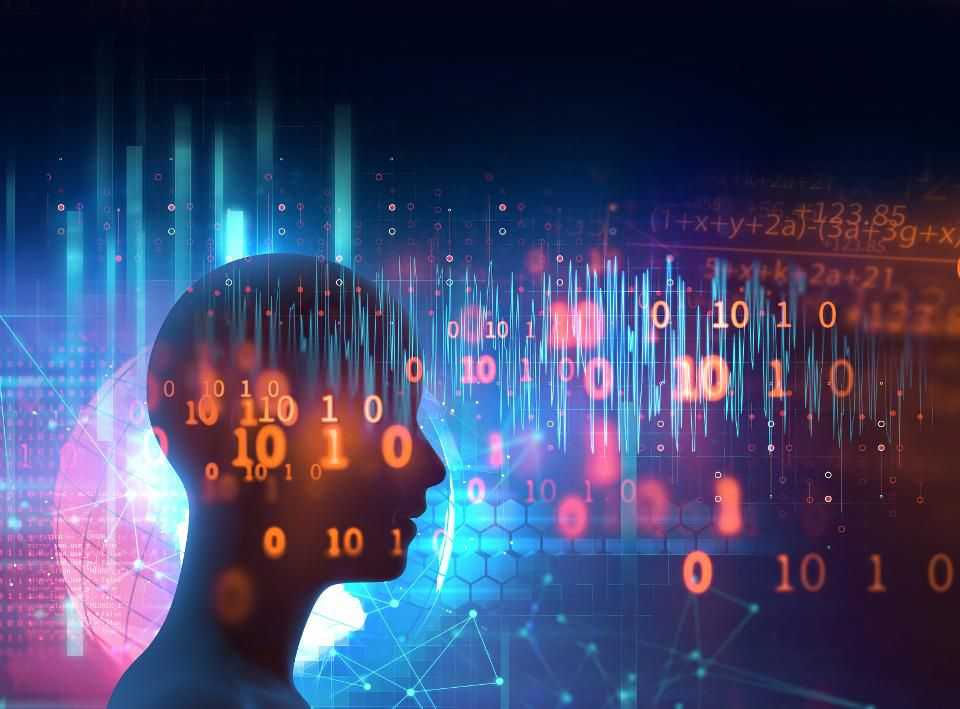The Remarkable Impact of Transfer Learning in Modern AI
- hello496377
- Aug 27, 2023
- 3 min read
The evolution of artificial intelligence (AI) has been marked by groundbreaking discoveries and paradigm shifts that continually redefine our understanding of technology's capabilities. Amidst this rapid progression, a concept has emerged that echoes the sentiments expressed by Andrej Karpathy in his influential piece, "The Unreasonable Effectiveness of Data." This modern marvel, commonly known as the "unreasonable effectiveness of transfer learning," has surfaced as a pivotal force reshaping the contours of AI's potential and catalysing discussions around global standards and regulations.
Transfer learning, a departure from conventional machine learning methods, mirrors the cognitive processes by which humans learn and adapt to new contexts. At its core, transfer learning involves harnessing knowledge gained from one task to enhance performance on a related task. This framework draws parallels to human learning, where experiences and skills developed in one domain contribute to proficiency in another. The underlying principle underscores the potency of accumulated insights and their relevance across diverse scenarios.
The concept of transfer learning found its stride with the emergence of pre-trained models—neural networks trained on massive datasets to excel at specific tasks such as image recognition or language understanding. These models shine through their capacity to capture intricate feature representations, making them adaptable for fine-tuning to new tasks with relatively minimal supplemental data.
Transfer learning's transformative impact is particularly evident in natural language processing (NLP). Models like OpenAI's GPT series, with their ability to generate coherent and contextually relevant text, exemplify the potential of transfer learning. Pre-trained on extensive text corpora, these models comprehend grammar, semantics, and nuances of language. The true innovation lies in their versatility; a GPT model initially trained on a wide array of text can be fine-tuned for tasks like language translation, sentiment analysis, and beyond.
However, the implications of transfer learning span beyond linguistics. In the realm of computer vision, transfer learning, exemplified by Convolutional Neural Networks (CNNs), has enabled knowledge to seamlessly transition from one domain to another. A CNN, trained on datasets like ImageNet, designed for classifying objects, can adapt to medical diagnoses from X-rays or detecting defects in industrial processes from images.
The democratization of transfer learning's potential is facilitated by open-source frameworks and available pre-trained model architectures. This democratisation empowers developers globally, enabling them to leverage established AI foundations, reducing the development timeline significantly.
However, as transfer learning gains traction, discussions around ethical standards and international regulations become pertinent. The versatile nature of these models raises concerns about data privacy, as fine-tuning on specific tasks requires access to domain-specific data. Striking a balance between the benefits of transfer learning and the ethical considerations surrounding data usage necessitates collaborative efforts from international bodies and regulators.
International standards like the General Data Protection Regulation (GDPR) in the European Union and the California Consumer Privacy Act (CCPA) in the United States already address data protection concerns, influencing how AI models are trained and refined. As transfer learning becomes more pervasive, it is imperative to extend these discussions to encompass the ethical dimensions of transferring knowledge between domains.
Furthermore, the potential for AI biases to transfer across tasks through transfer learning raises questions about fairness and transparency. Organizations like the Institute of Electrical and Electronics Engineers (IEEE) are actively developing standards that encompass fairness, accountability, and transparency in AI systems. As transfer learning plays a pivotal role in AI's advancement, ensuring that the knowledge transfer process adheres to these standards is paramount.
In conclusion, the remarkable impact of transfer learning in modern AI is underscored by its capacity to facilitate the seamless transition of knowledge from one domain to another. This adaptability, coupled with the ability to fine-tune models for specific tasks, positions transfer learning as a cornerstone of contemporary AI research and application. As the journey of AI continues to unfold, the concept of transfer learning not only inspires innovation but also prompts global discussions about ethical considerations, data privacy, and adherence to international standards. As AI continues to reshape industries and societies, the responsible and regulated implementation of transfer learning becomes an imperative for ensuring AI's positive impact on a global scale.






Comments